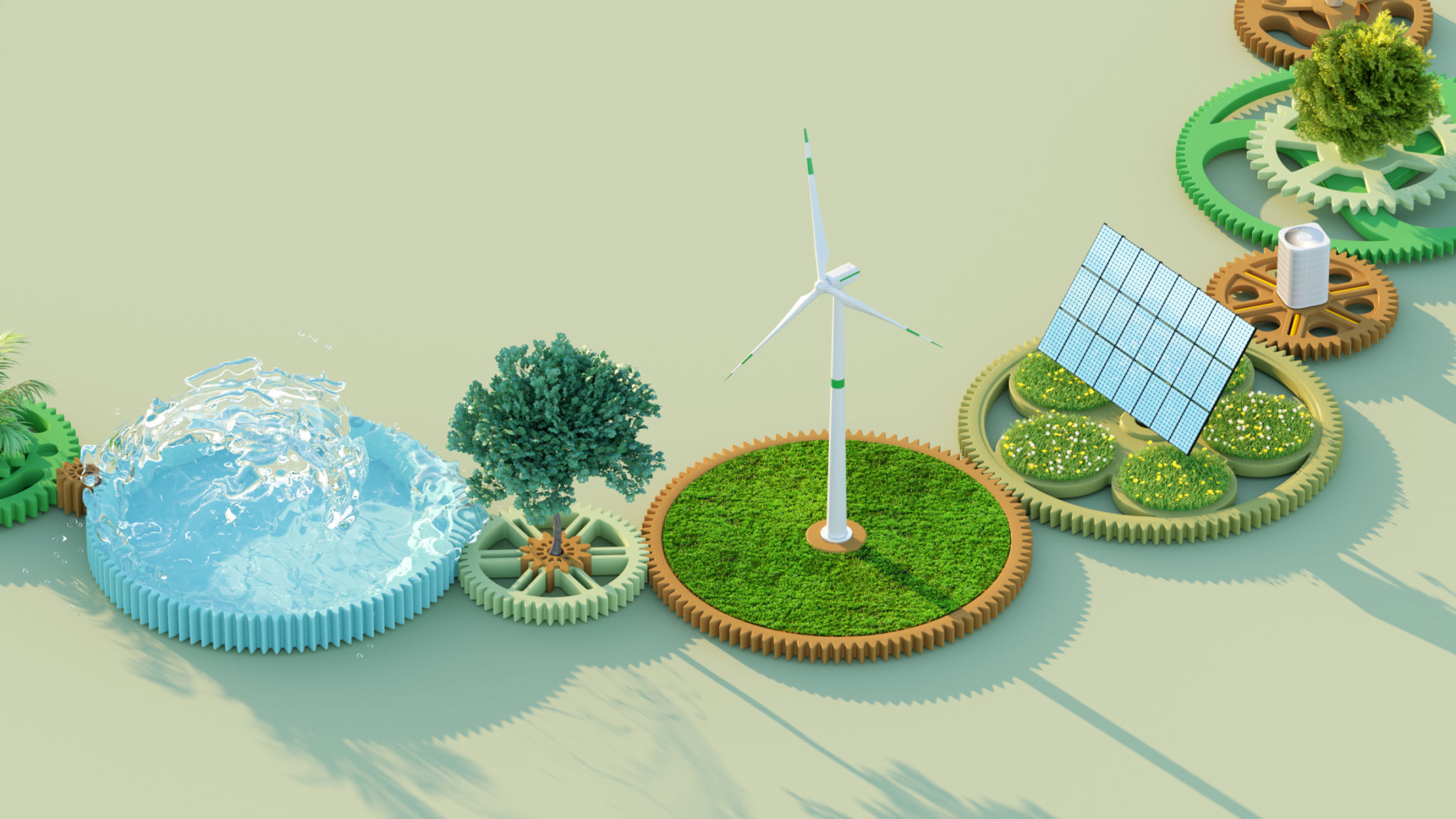Debunking Myths: Can AI and Nature Coexist Harmoniously?
Understanding the Relationship Between AI and Nature
In recent years, the rapid advancement of artificial intelligence has sparked discussions about its impact on the natural world. Many wonder if AI and nature can coexist harmoniously, or if the rise of technology poses an inevitable threat to our environment. This blog post aims to debunk common myths and explore the potential for a symbiotic relationship between AI and nature.
Contrary to popular belief, AI does not have to be at odds with the natural world. In fact, it can be a powerful tool for environmental conservation and management. By leveraging AI, we can gain deeper insights into ecosystems, predict environmental changes, and develop innovative solutions to ecological challenges.

AI as a Tool for Environmental Conservation
One of the most promising applications of AI in nature is its role in wildlife conservation. With the help of machine learning algorithms, researchers can analyze vast amounts of data from camera traps and satellite imagery to monitor animal populations and their habitats. This technology allows conservationists to track endangered species and implement targeted protection strategies.
Moreover, AI-powered sensors and drones can assist in monitoring deforestation and illegal poaching activities. By providing real-time data, these tools enable authorities to respond swiftly to threats, thereby enhancing efforts to preserve biodiversity.

The Role of AI in Climate Change Mitigation
AI also plays a crucial role in addressing climate change. Machine learning models can analyze climate data to predict weather patterns, helping us prepare for extreme weather events. Additionally, AI can optimize energy consumption in industries and smart cities, reducing carbon footprints and promoting sustainability.
Furthermore, AI can assist in developing renewable energy technologies. For instance, algorithms can optimize wind turbine placement or predict solar panel efficiency, improving energy generation from these sustainable sources.

Challenges and Ethical Considerations
Despite its potential benefits, the integration of AI with nature is not without challenges. One major concern is the ethical implications of using AI in environmental contexts. Questions arise regarding data privacy, especially when monitoring wildlife and natural habitats.
Additionally, there is a need for balancing AI development with ecological preservation. It's essential to ensure that AI technologies do not contribute to environmental degradation through resource consumption or electronic waste.
Moving Towards a Harmonious Future
For AI and nature to coexist harmoniously, collaboration between technologists, environmentalists, and policymakers is crucial. By establishing regulations that guide the ethical use of AI, we can minimize negative impacts while maximizing benefits for the natural world.
Moreover, public awareness and education about the positive impact of AI on nature can foster greater acceptance and support for these technologies. By highlighting success stories where AI has contributed positively to environmental conservation, we can build trust and enthusiasm.

Conclusion: A Synergistic Relationship
In conclusion, AI and nature need not be adversaries. Instead, they can form a synergistic relationship where technology enhances our ability to protect and preserve the natural world. By debunking myths and focusing on collaborative efforts, we can pave the way for a future where AI and nature coexist harmoniously for the benefit of our planet.